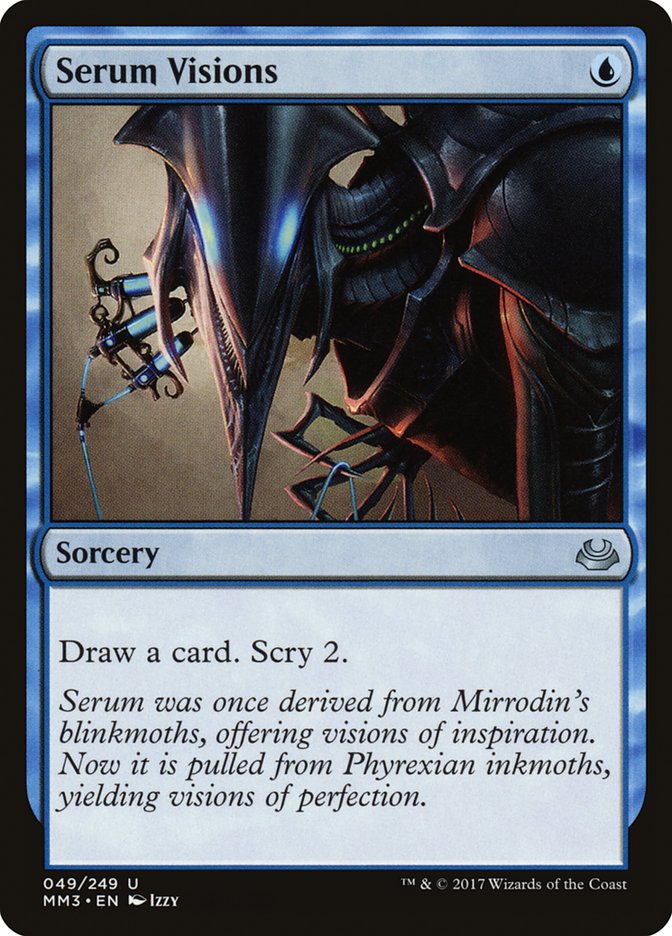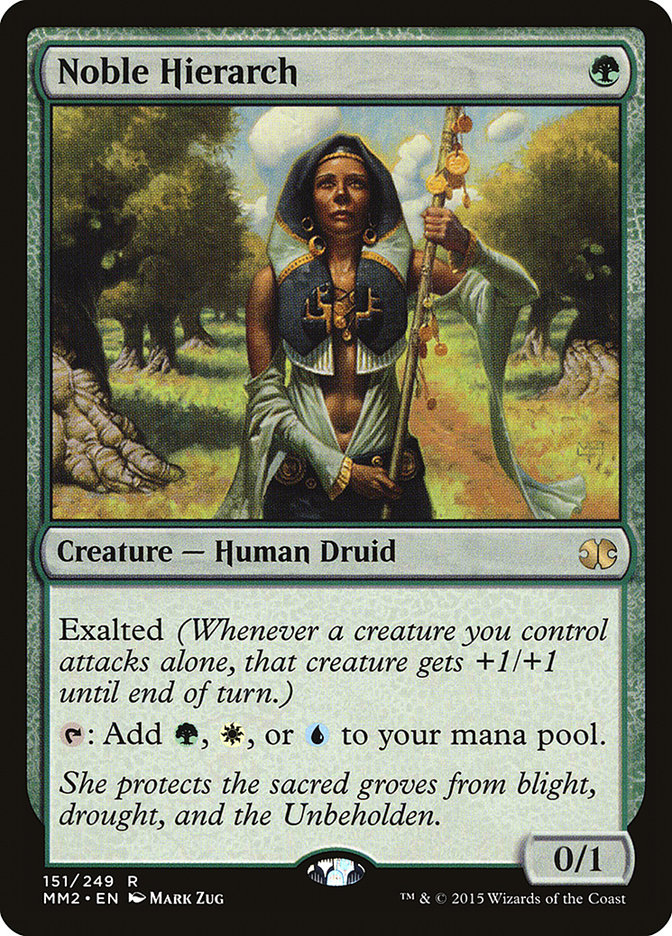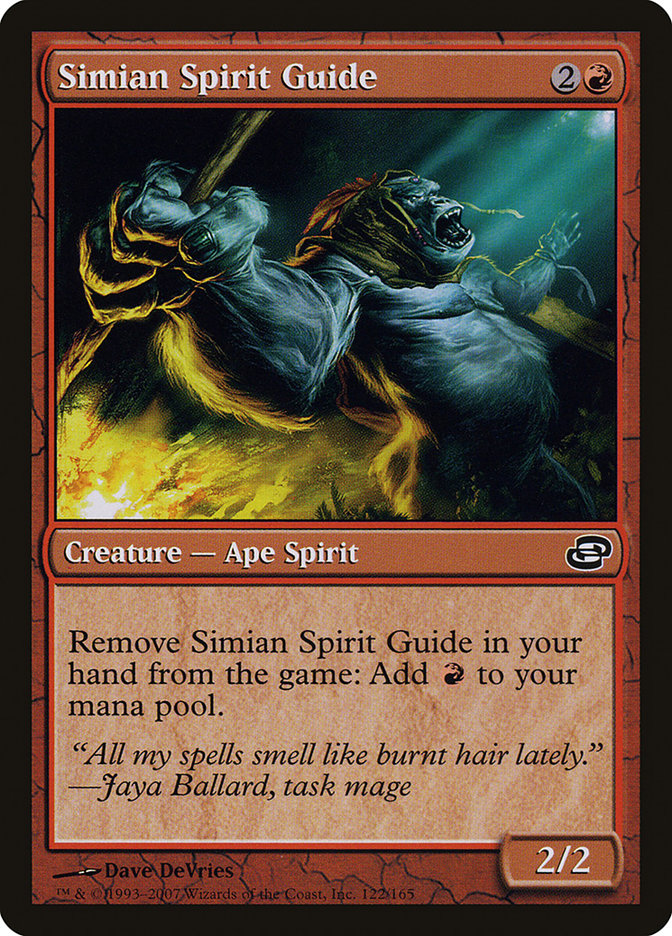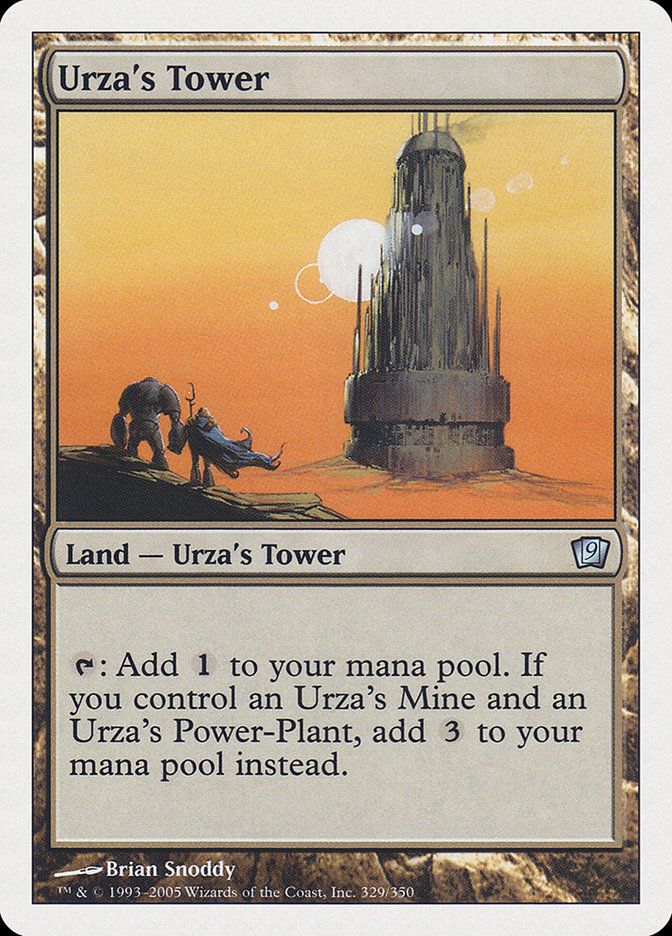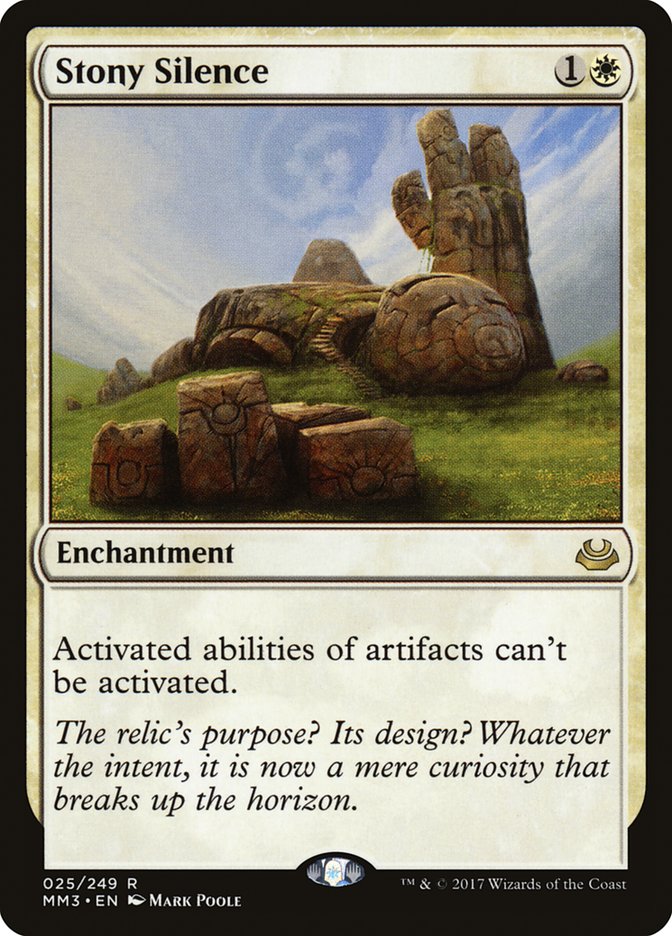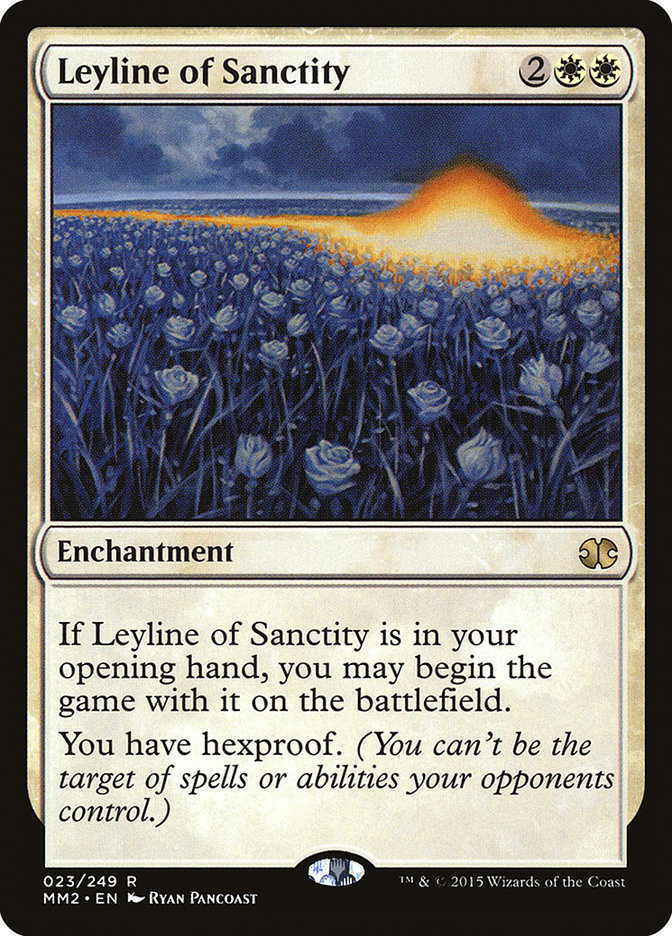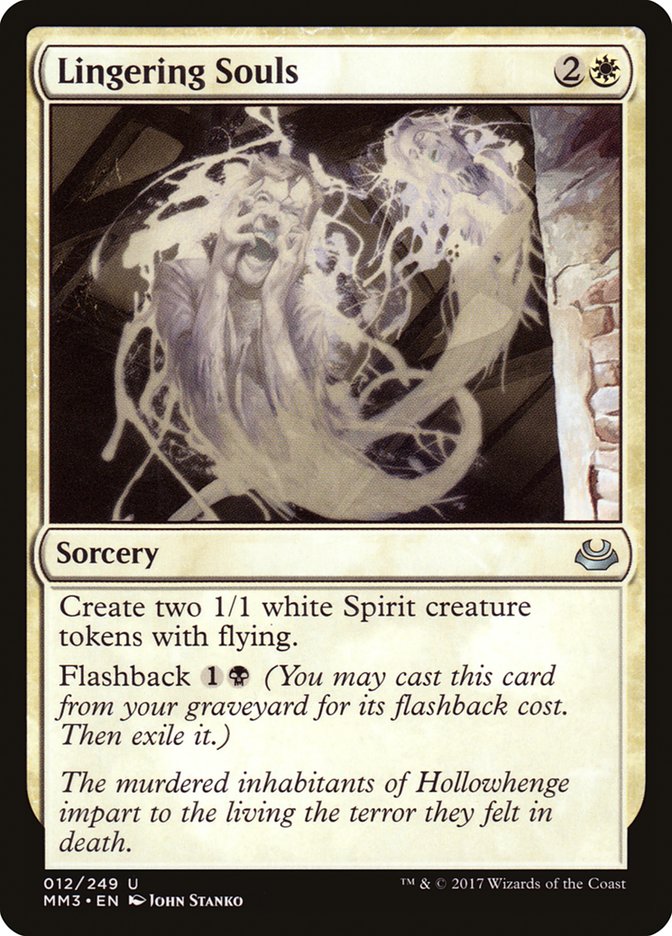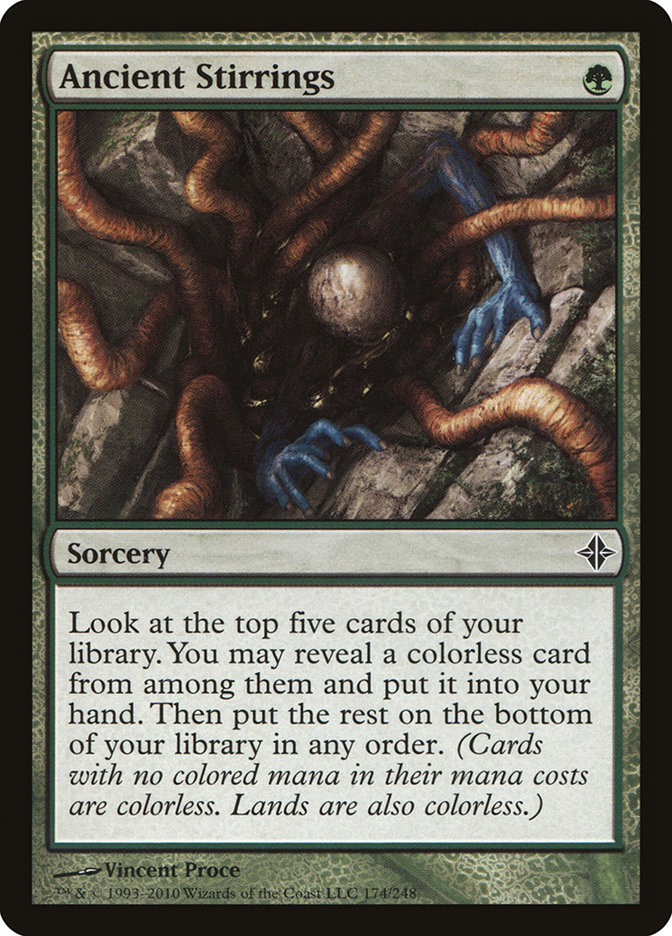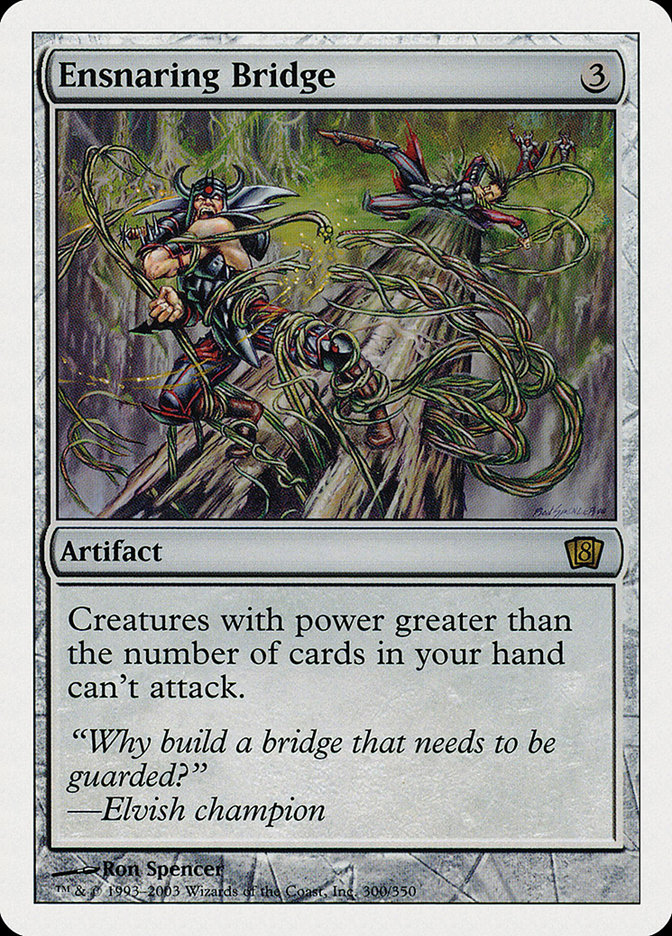This is a topic that many have been talking and asking me about, and Ari took a quick shot at it on Monday.
To be frank, I don’t think it’s as simple as he makes it out be.
It’s true that Modern is in a place right now that’s relatively healthy and this produces a variety of powerful decks to choose from, but that doesn’t necessarily mean that a team should simply pick the obvious spread of “best decks” and call it a day.
Modern is a format that rewards familiarity and preparation and even then many of the matchups are relatively close. How can one expect to gain a real edge if you’re trying to sign up for a plethora of Jund Death’s Shadow and Bant Eldrazi mirrors?
Before we delve deeper, I do think that it bears repeating even if I’m confident that vast majority of attendees of Grand Prix San Antonio are aware: this tournament’s Unified Constructed format is slightly different. Other than basic lands, if a player is registering a copy of a card, then no other player on the team’s deck may contain even a single copy of the card.
In other words, no 2/2 or 3/1 splits are available.
Power Sharing
How is the power of Modern actually divided? If you ask me it is by core cards that lead strategies. This has been my simplistic cheat sheet for the last couple of weeks.
Core Modern Cards Ignoring Manabases:
- Grixis variants
- Ad Nauseam
- Storm
- Affinity
- Lantern Control
- Puresteel Paladin
- Krark-Clan Ironworks
- Jund
- Abzan
- Jund Death’s Shadow
- Infect
- Bant Eldrazi
- Collected Company decks
- Ad Nauseam
- Goryo’s Vengeance
- W/R Prison
- Eldrazi Tron
- G/X Tron
Outliers:
- Burn*
- Valakut decks
- Merfolk
- Dredge
- Living End
*: Assuming Lightning Bolt is relatively replaceable.
Minor nit-picking aside, this is largely a grouping of the “playable” Modern decks and the cards that absolutely divide them. For the most part, one can pick a deck from each sub-section and construct a team configuration.
Fetchlands and shocklands are certainly potential obstacles, but this has still been a good way for me to visualize the format in terms of how the best cards predicate archetypes.
I should specifically note with Burn that many other decks can easily replace Lightning Bolt. In terms of Death’s Shadow decks, Tarfire already largely receives the nod over Lightning Bolt in Jund Death’s Shadow, but I’m also just coming to terms that Terminate can easily replace Lightning Bolt in Grixis Death’s Shadow.
Thoughtseize likely has the absolute most overlap of many of these decks – including all Death’s Shadow variants, potentially Grixis, Lantern Control, and Company. As it were, I’m firmly in the camp with Ari that Death’s Shadow transcends being simply a “good” Modern deck and is in actuality the most powerful strategy available in the format.
As it stands right now, I couldn’t see myself not registering the card Death’s Shadow in an individual Modern format, and I believe it to be the only deck that every team “should” play. I wrote a piece last week outlining many of the things one can do with the entirety of the Death’s Shadow archetype, but I would still assert that Jund and Grixis are the best options.
How Hate Cards Will Define the Tournament
My largest issue with the line of thinking that a team can simply overload on “the best decks” is that it basically ignores the critical question, “What will most of our opponents be doing?”
It is no secret that one of the prevailing narratives and criticisms of Modern is that it is a format defined by sideboard cards and, by extension, aggressive hate cards like Rest in Peace and Stony Silence.
Further, white as a color has been resigned to this position of being relatively mediocre but containing absolutely some of the best individually powerful cards for fighting strategies in the entire format.
As a result, it would be fairly difficult for me to imagine a world where a team configuration does not contain a player that has one or both of these powerful two-mana white enchantments.
The question then becomes, do I really want a team where two or potentially even all three of our decks are capable of “rolling” an opponent whose sideboard is incredibly difficult to beat?
This is the ultimate problem with Affinity when paired with Death’s Shadow, Dredge, Living End, or even Grixis. If Rest in Peace and Stony Silence have enormous overlap over your configuration, then you suddenly are desperately in need of winning Game 1 in that seat or the chances of winning that round of the tournament are far lower.
The Case for “Fish”
It may ultimately be in your best interest to play a classically “weaker” deck in that third seat that has little overlap in the format in an effort to dodge hate. This is one of the biggest arguments to me for playing a deck like Merfolk – one that is traditionally solid but largely unexciting, with a wide berth of okay and solid matchups.
Creatures (29)
- 2 Kira, Great Glass-Spinner
- 4 Lord of Atlantis
- 3 Merrow Reejerey
- 4 Silvergill Adept
- 4 Cursecatcher
- 4 Master of the Pearl Trident
- 4 Master of Waves
- 4 Harbinger of the Tides
Lands (19)
Spells (12)
Sideboard

Having an experienced pilot with a deck like Merfolk on your team is potentially a massive asset – they are essentially incapable of getting paired against any “auto-losses” while helping to strengthen the overall card quality of your other two decks and having the potential to play some underplayed hate cards (Chalice, Spreading Seas) themselves.
There are other niche strategies that coincide with this line of thinking, many of them white decks that can heavily utilize said hate cards, like Death and Taxes and W/R Prison.
Combo Will Be More Prevalent
I think it is fairly safe to say that most teams will have some kind of combo deck amongst their seats. The surge in popularity of Ad Nauseam and U/R Storm in recent weeks on Magic Online, coupled with the obvious necessity to fill out three decks and their relatively low demands other than Serum Visions, means that I would expect to play against a combo deck approximately a third of my rounds.
I believe this to be a massive increase over the average individual Modern tournament, and as a result I would hedge my team’s sideboard accordingly.
Loading up on graveyard hate is already desirable, but I would also move towards more direct interaction like countermagic and other efforts to fight through Leyline of Sanctity.
The biggest take away here, however, is that I’m also less interested in registering a traditional combo deck on my squad for this exact line of thinking.
One Seat Matters
Sort of. I think it’s possible to construct elaborate circular logic regarding which player and deck should go in which seat, but my general takeaway is this:
Death’s Shadow will likely end up in the hands of the “most competitive” or experienced Modern player on most teams. This, coupled with the fact that the games are relatively quick and the dexterous operations are minimal, means that Death’s Shadow in the middle seat will likely be able to help their teammates easily and be the most prominent.
Another argument in favor of this is that Death’s Shadow is likely to be the anchor of each team – and in order to be successful, they will need to perform over 60%. Of course, you don’t necessarily need your best player in the “B” seat, but it does give them the most influence over the match as a whole.
My response to this would be to encourage my Death’s Shadow player in the same situation to create some sort of edge in the mirror matchup – in my case, likely encouraging Grixis Death’s Shadow over Jund.
This is also likely a logical spot to put an Abzan Midrange or something similar if you’re interested in eschewing the “traditional” Death’s Shadow configuration and instead want to directly fight it.
As for A and C? Do whatever is in your heart.
Be a Good Teammate
Of course, there’s a lot of subtext in that statement, but for the purposes of constructing your lineup, allow your teammates to make choices they are comfortable with. Do you think that a deck is slightly weaker but your teammate loves it? Let them play it!
As long as there aren’t massive opportunity costs in terms of cards used, allow your teammates to play the decks they like and feel the most comfortable with. Any potential percentage edge that might be gained from having a “better” deck will be lost if the pilot is having a miserable time or generally feels lost playing the games.
What Am I Doing?
I can answer this question in some capacity. Of course it is clear that I love Death’s Shadow, and for a good portion of our preparation, I thought I would be playing some variant of the strategy – likely Jund because my teammates (Brad Nelson, Seth Manfield) were more comfortable with the prospect than Grixis.
As it were, I sort of stumbled onto a deck that looked sweet because Dan Musser went 5-0 in a League with it – Krark-Clan Ironworks combo. I’ve been tuning it and I am significantly over a coin flip to play it:
Creatures (7)
Lands (16)
Spells (38)

For anyone who is unfamiliar with how the deck operates, Scrap Trawler is an incredibly powerful and clean replacement for any of the previous types of “Second Sunrise effects” that have been present in Eggs decks over the years. It creates redundant value chains by cycling your various artifacts through the deck’s namesake that allow you to build up large amounts of mana and eventually Emrakul your opponent out of the game.
Clearly this deck has its own set of problems. It is a deck that is vulnerable to both Stony Silence and Rest in Peace. However, it is also ridiculously powerful and can fight through traditional disruption incredibly well while also being a great “team deck.”
Mox Opal, Ancient Stirrings, and Ensnaring Bridge are outrageous cards in Modern and Ironworks Combo borrows very little overall from the card pool.
I also just think the deck is fun and playing it helps to maximize my team on the enjoyment scale. Brad Nelson has a rich history with Death’s Shadow and has been an excellent pilot of the archetype through its many iterations.
Seth… well, that’s the question mark. We aren’t exactly sure what Seth is doing, but he has a wide range of the format to choose from with only Ironworks and a Death’s Shadow variant on hold.
As I’ve outlined in this piece, I certainly want to pick a deck that’s not vulnerable to Rest in Peace to hedge more aggressively against that card, even though it’s far less potent against my deck than Stony Silence.
Other than that, though, I don’t have many stipulations. Seth likes Burn and made Top 8 of a Pro Tour with the deck, so it wouldn’t surprise or bother me if that’s ultimately the deck that fills out our lineup.
As with every team event, I’m looking forward to this weekend. Not only has preparing for Unified Modern been an interesting puzzle to piece together, but Modern is also just in a great spot right now. A good format paired with good friends is going to make for a good weekend.


